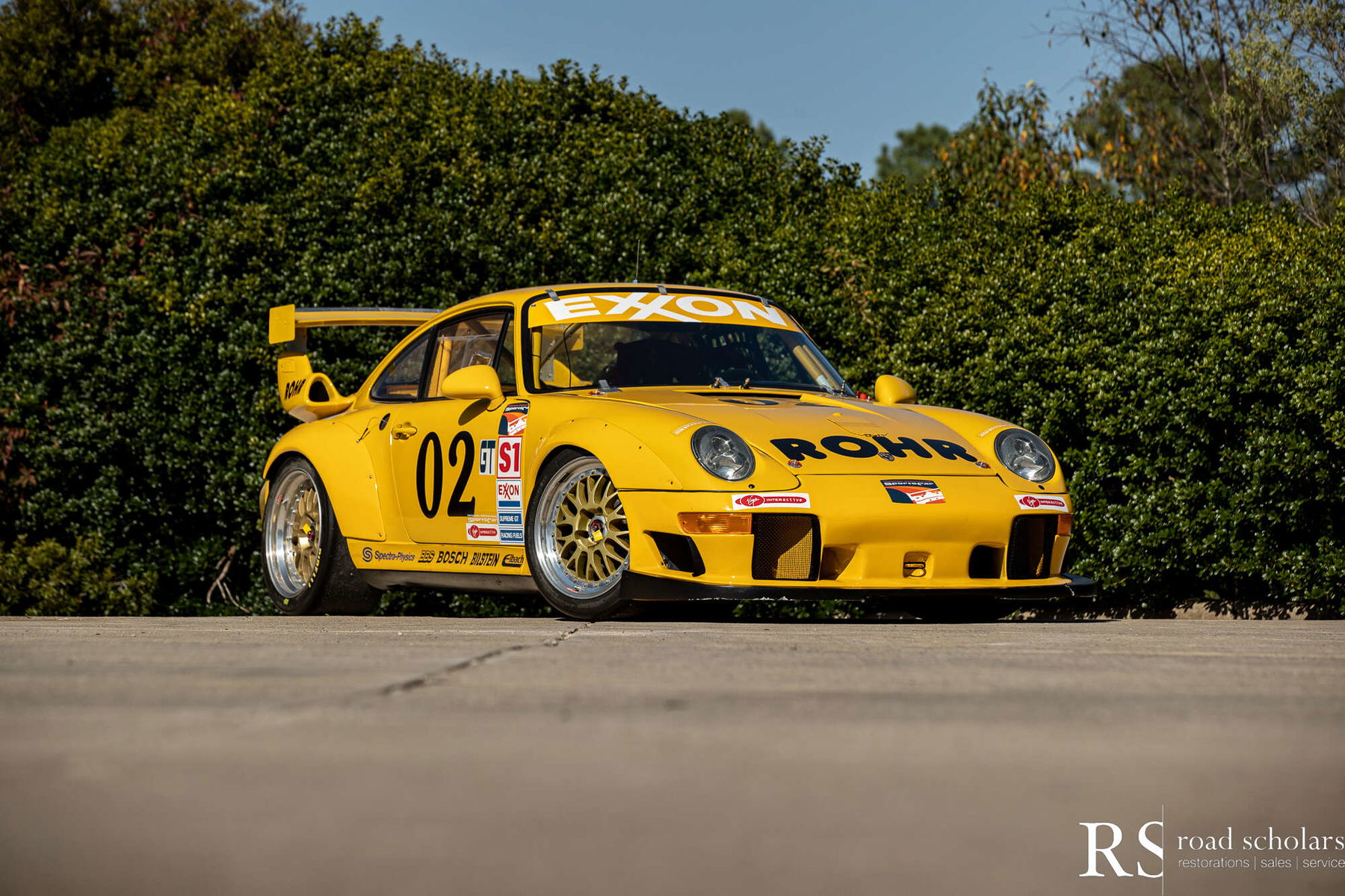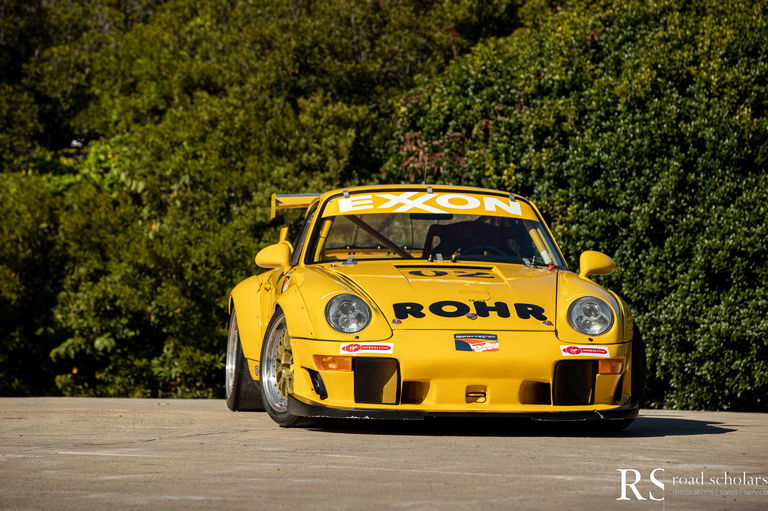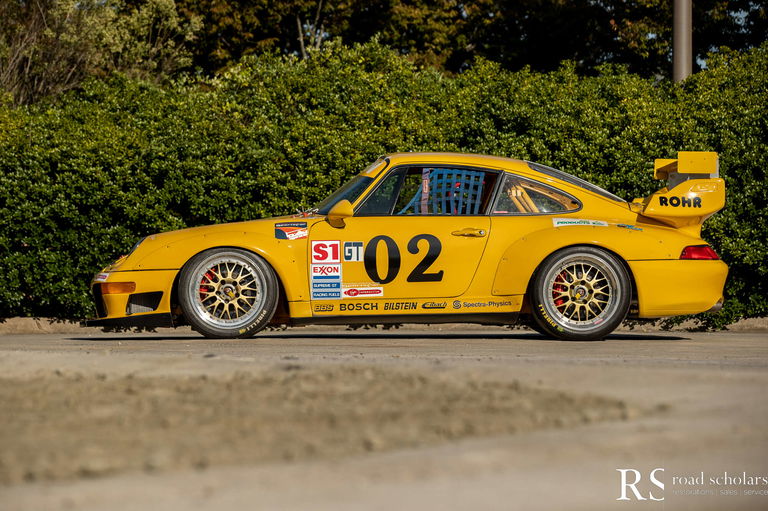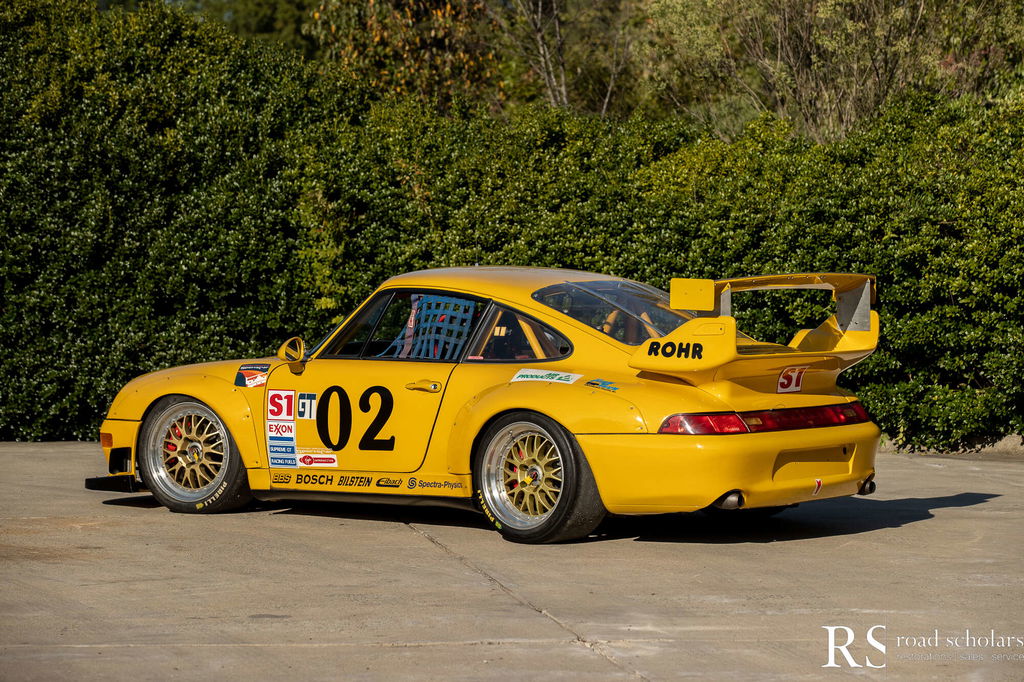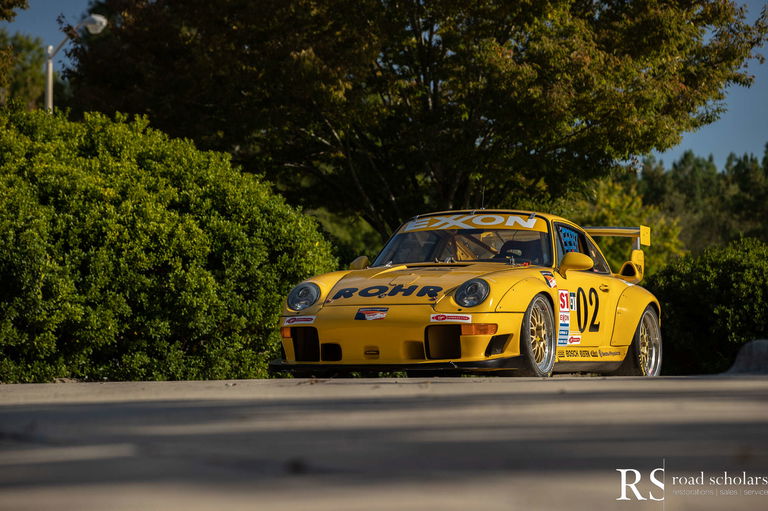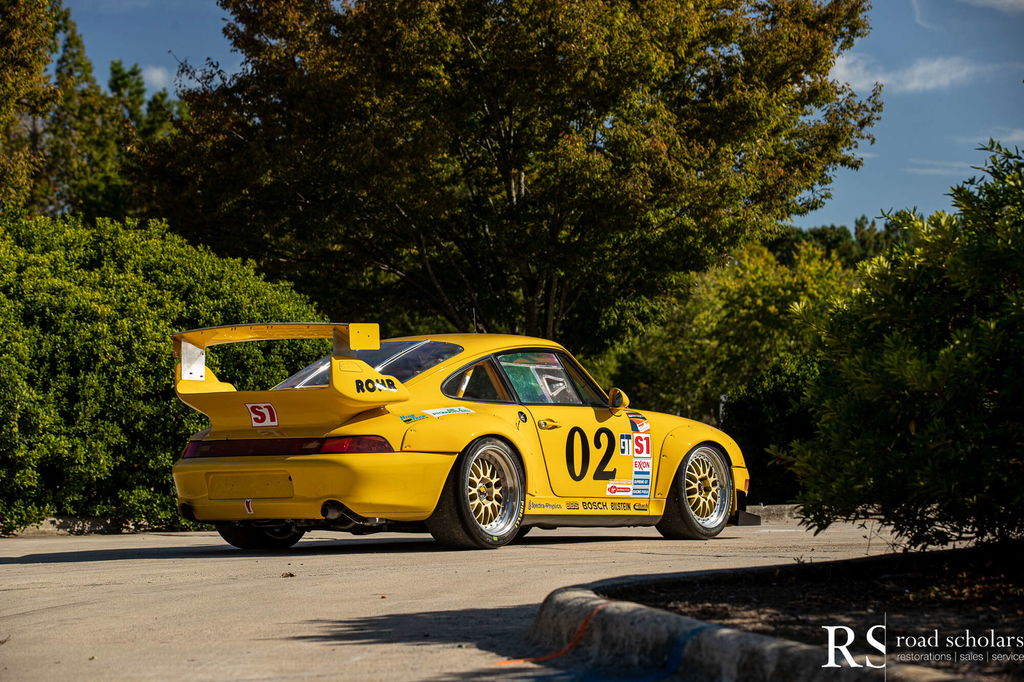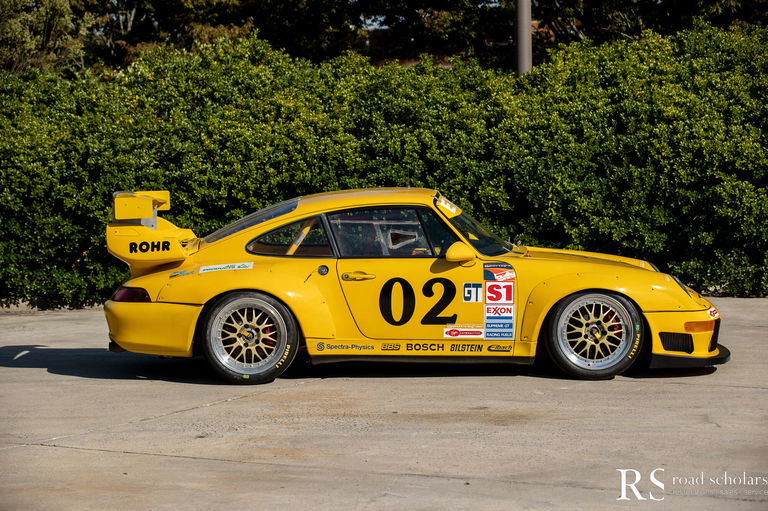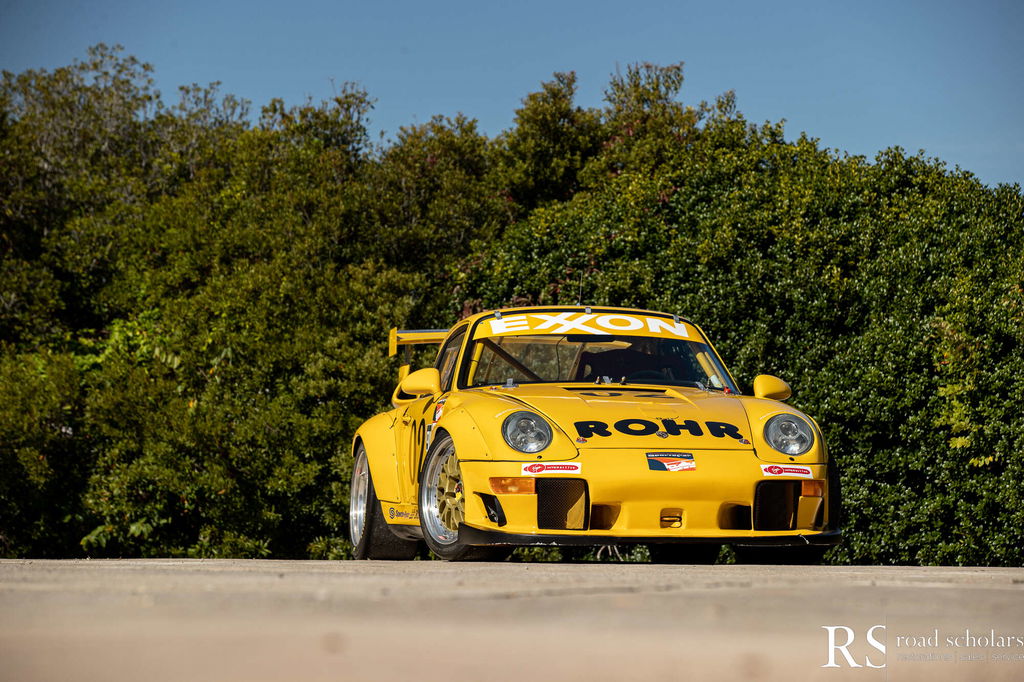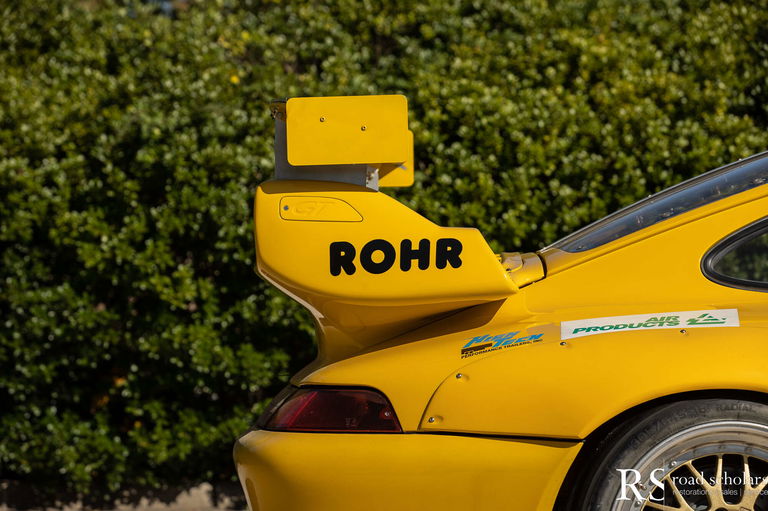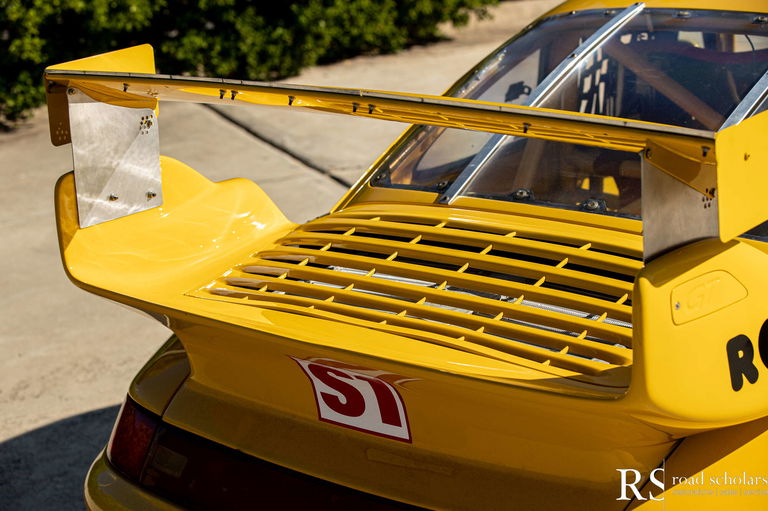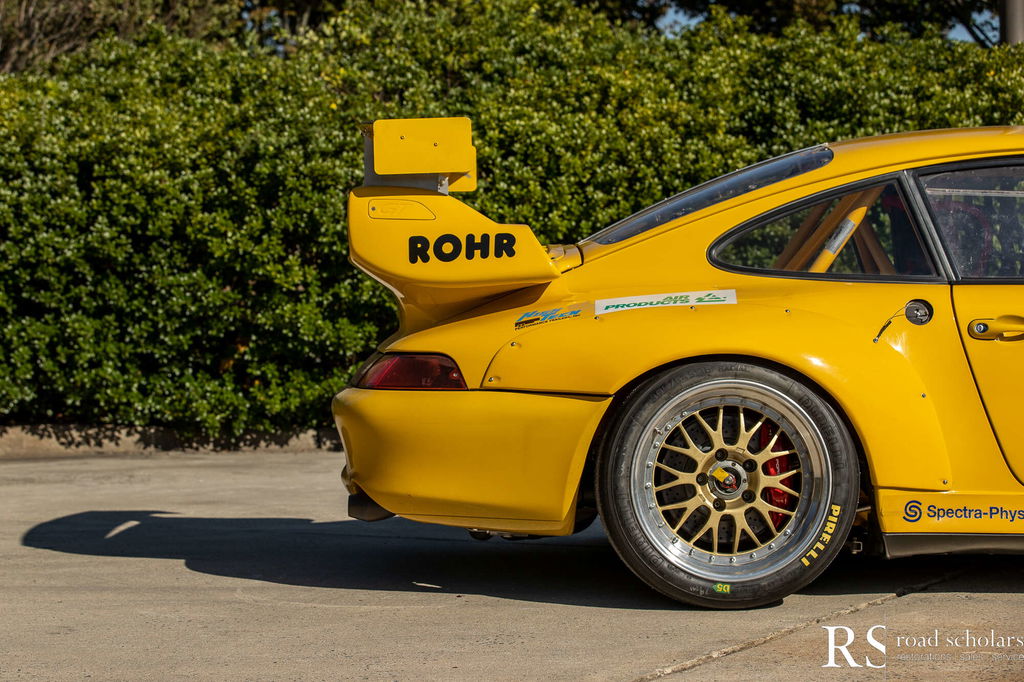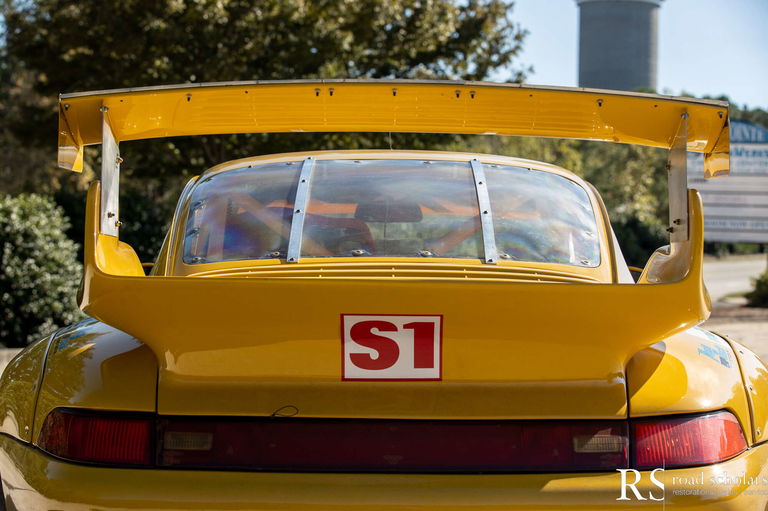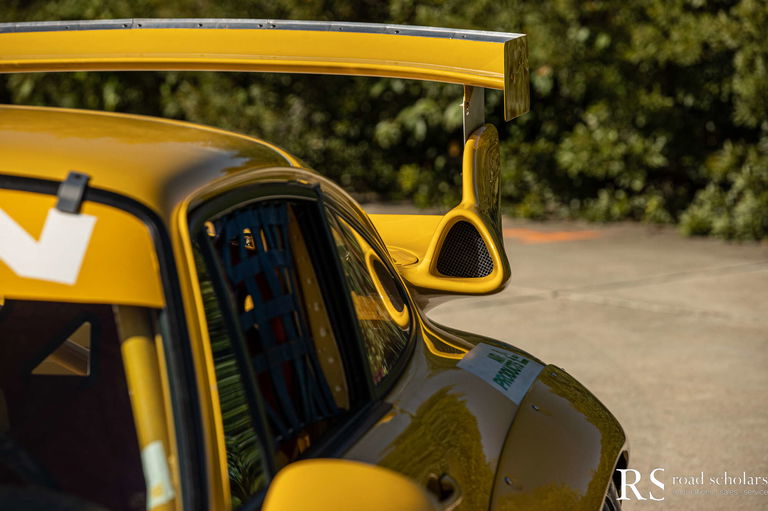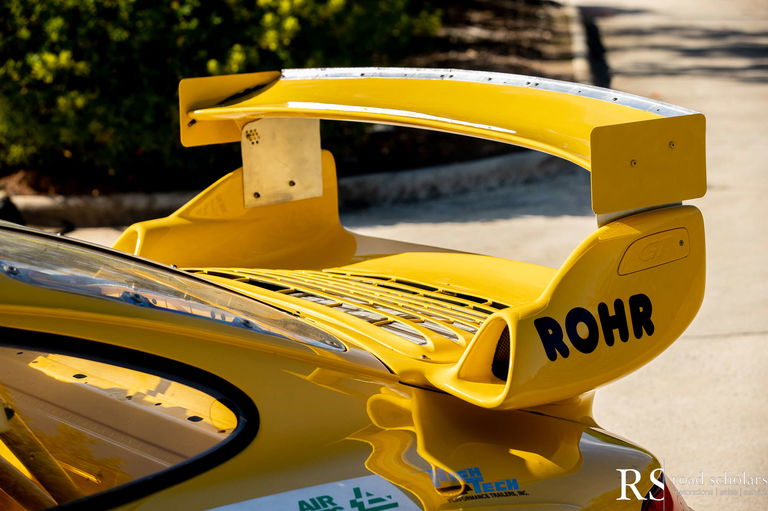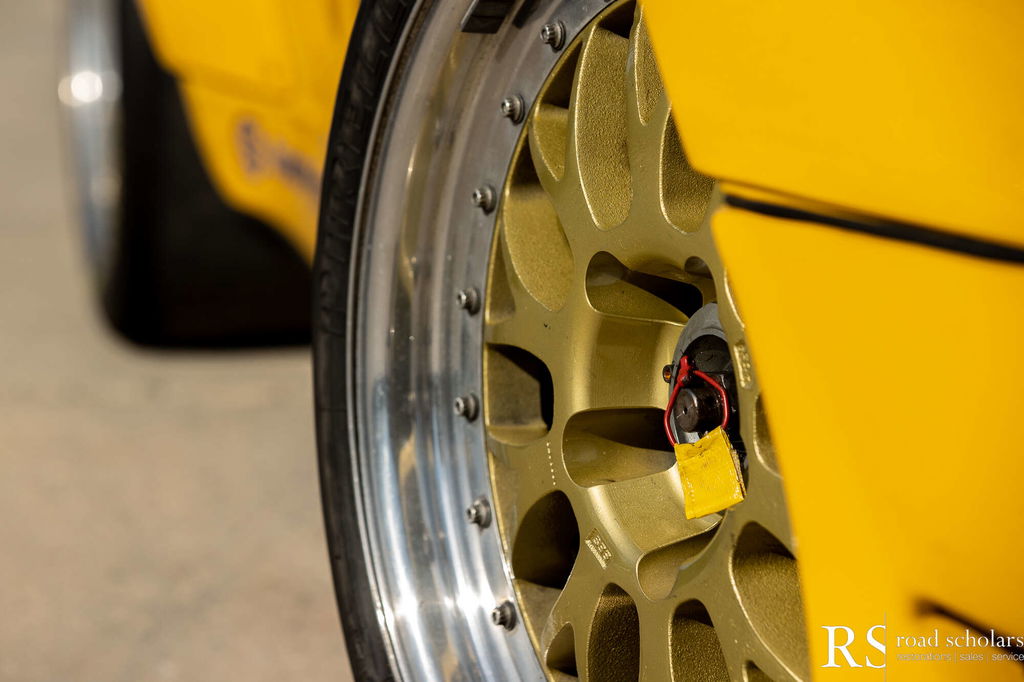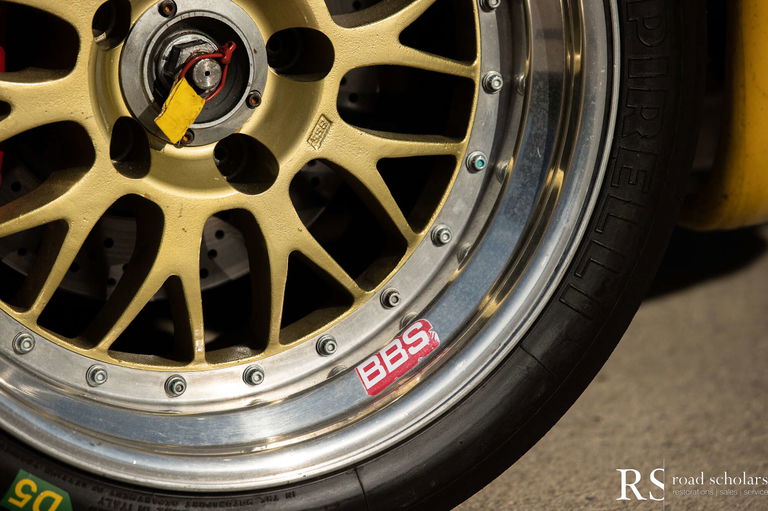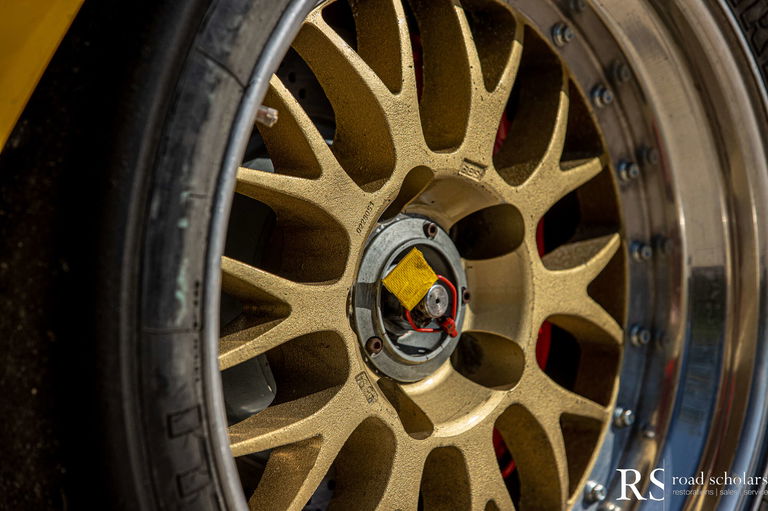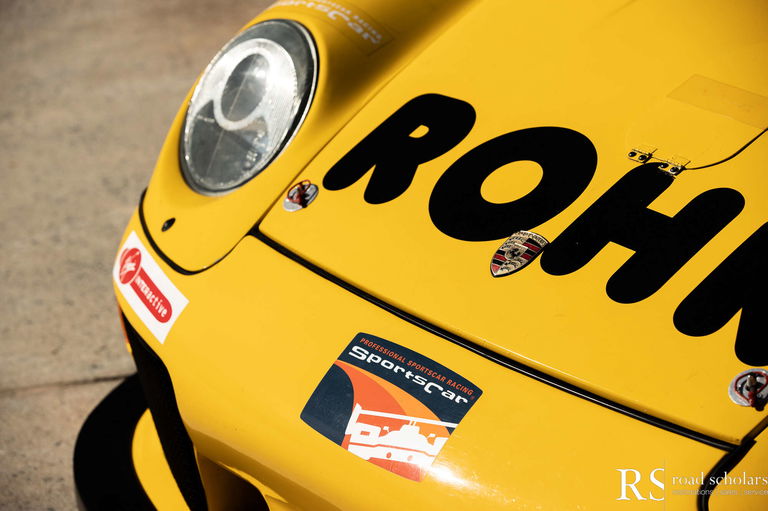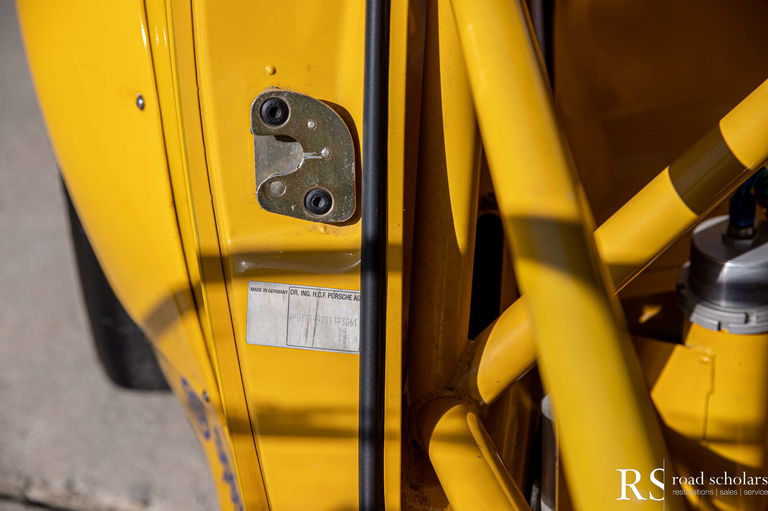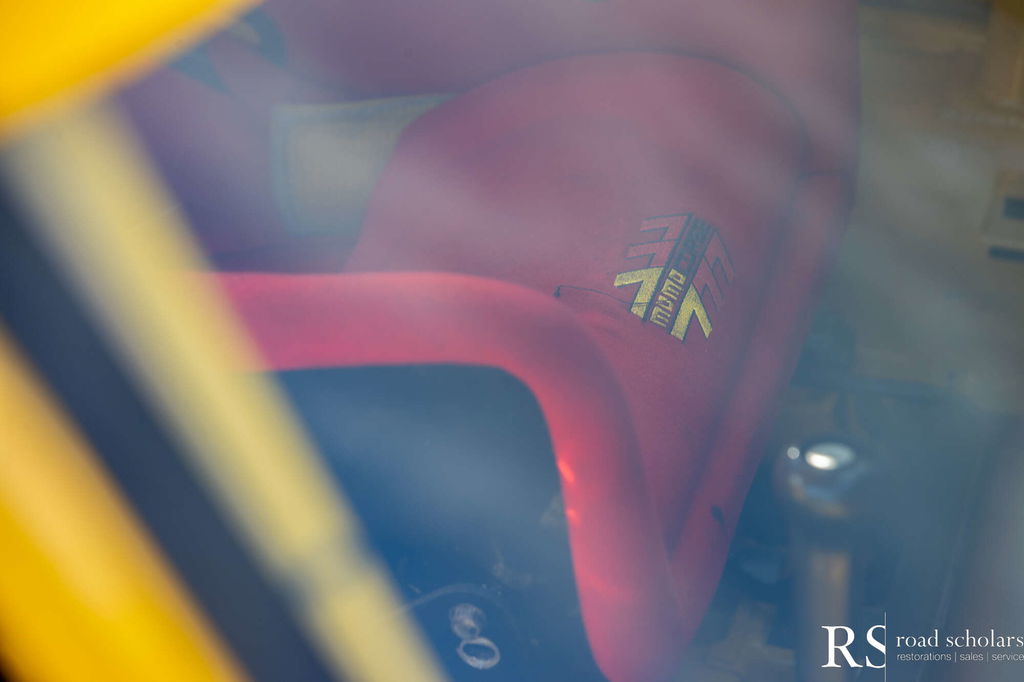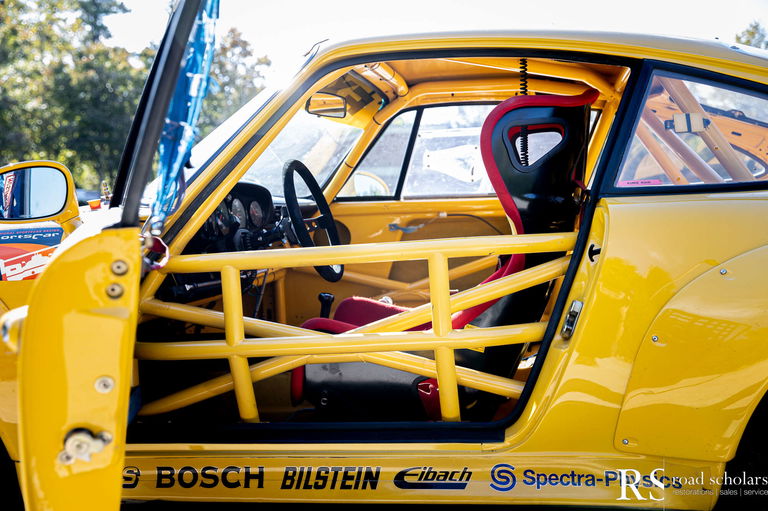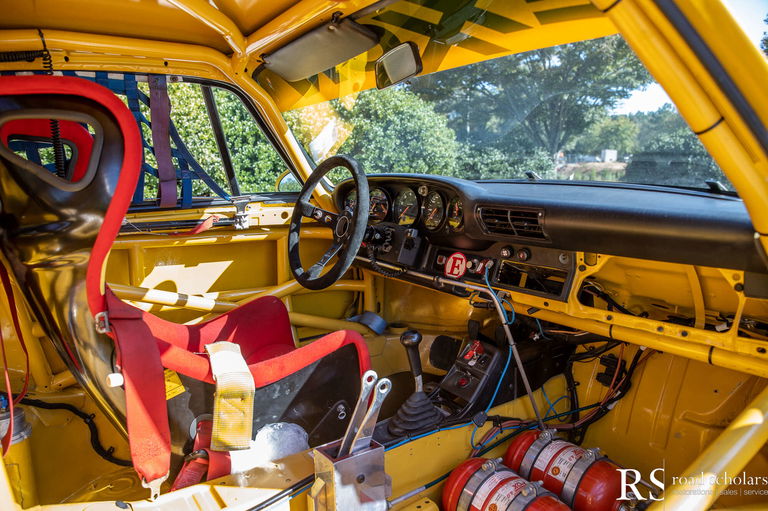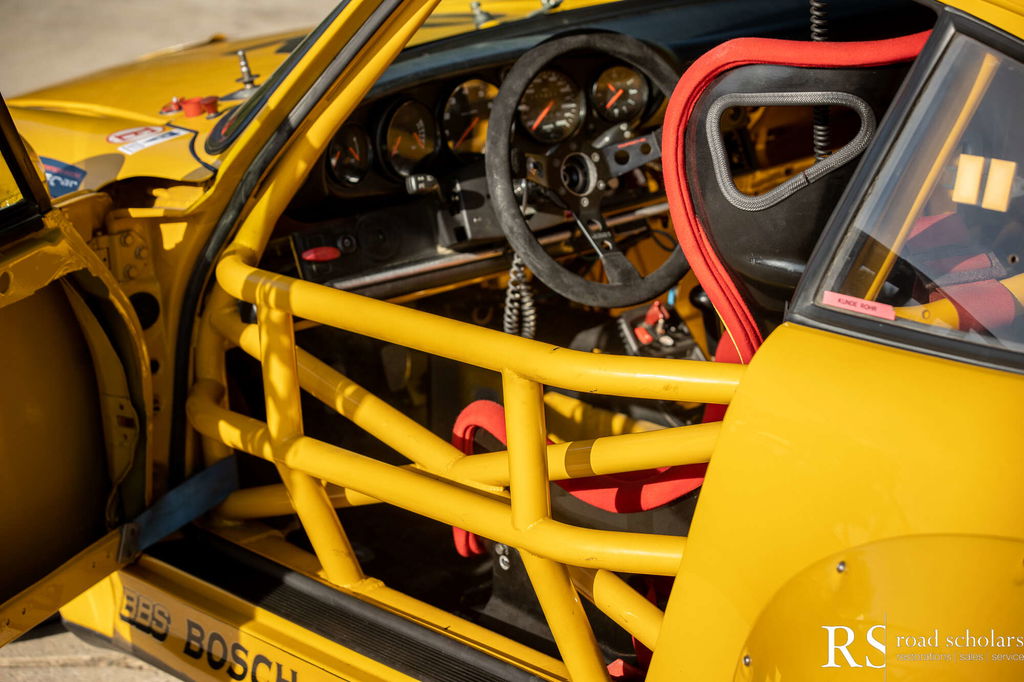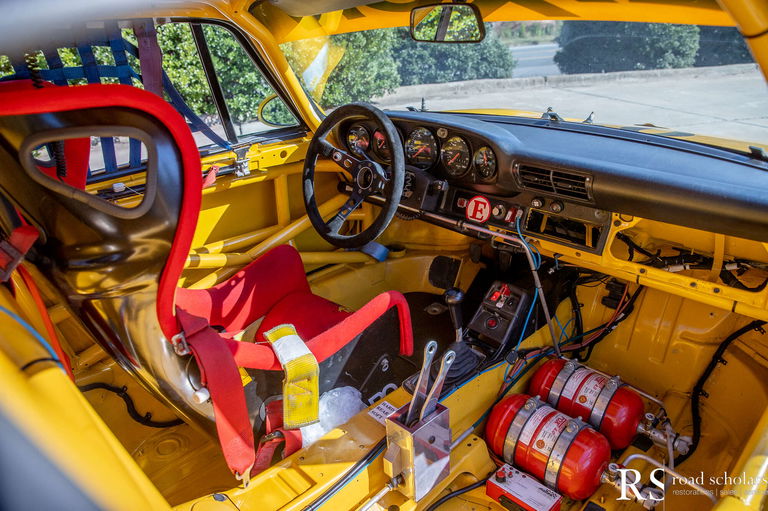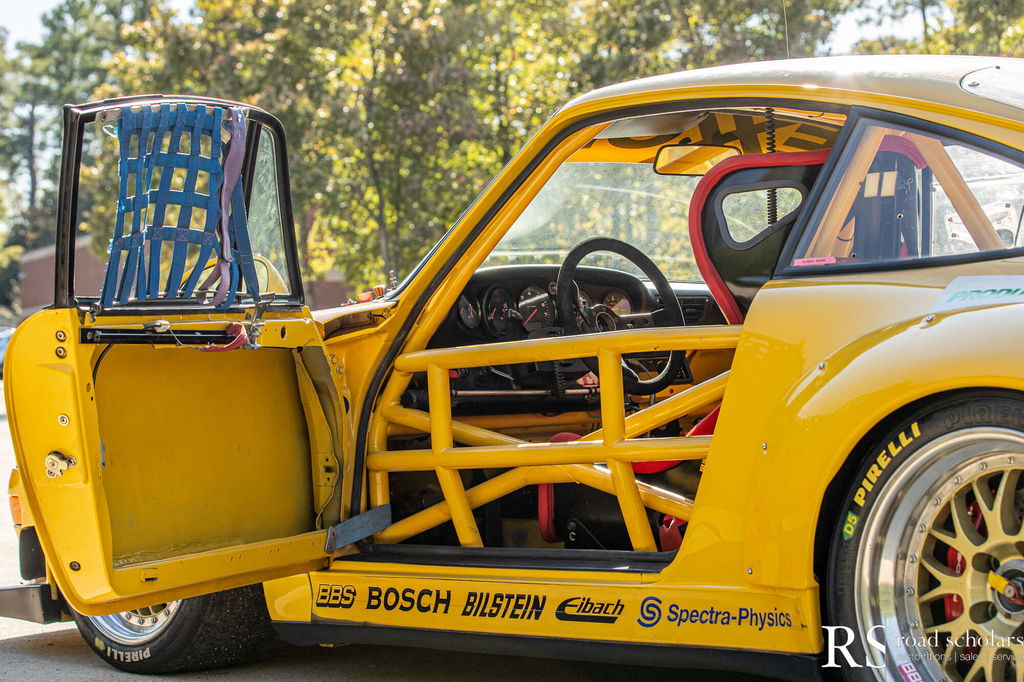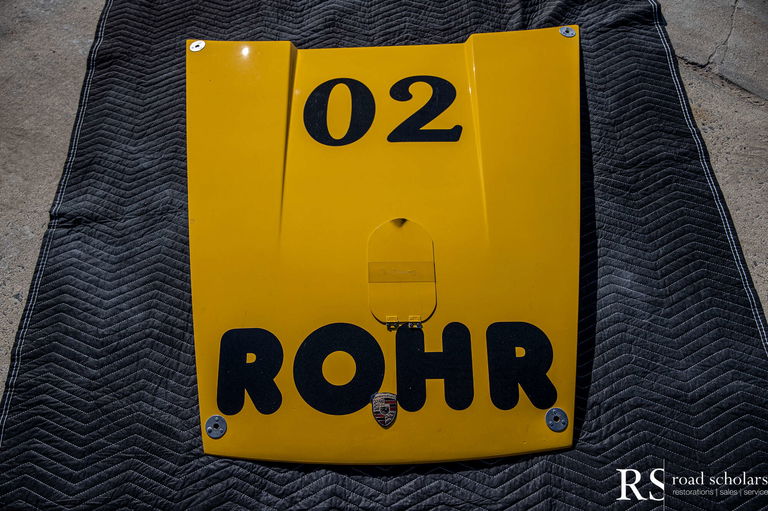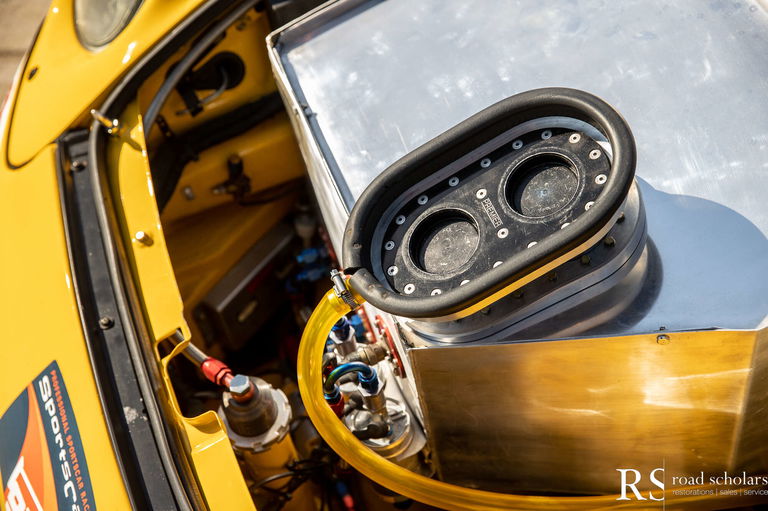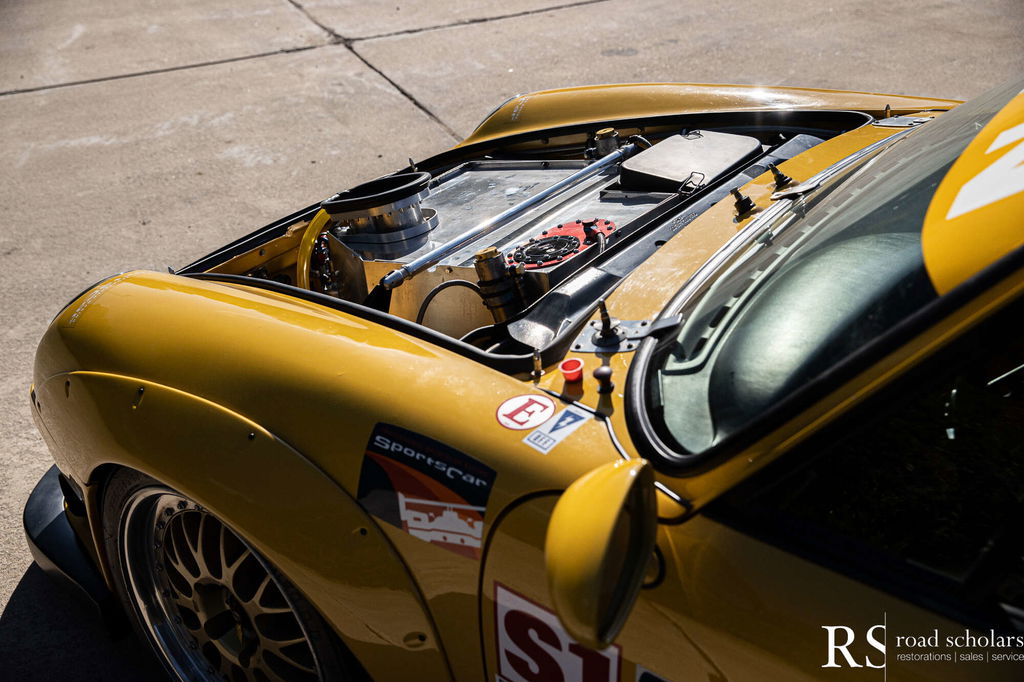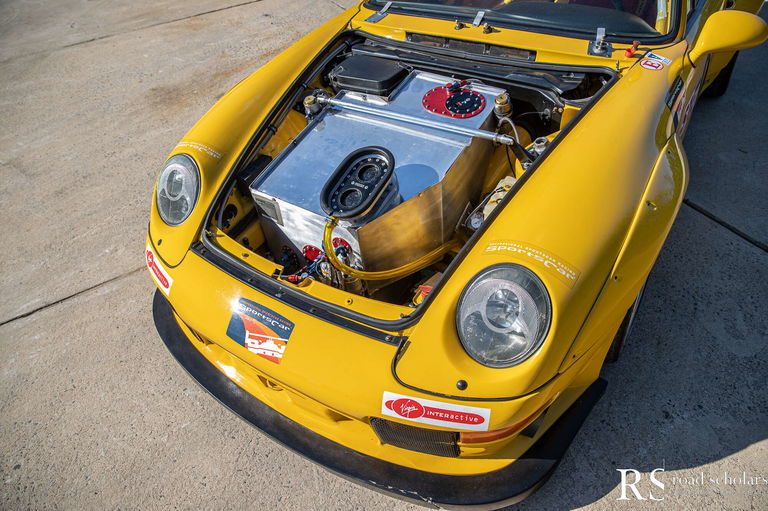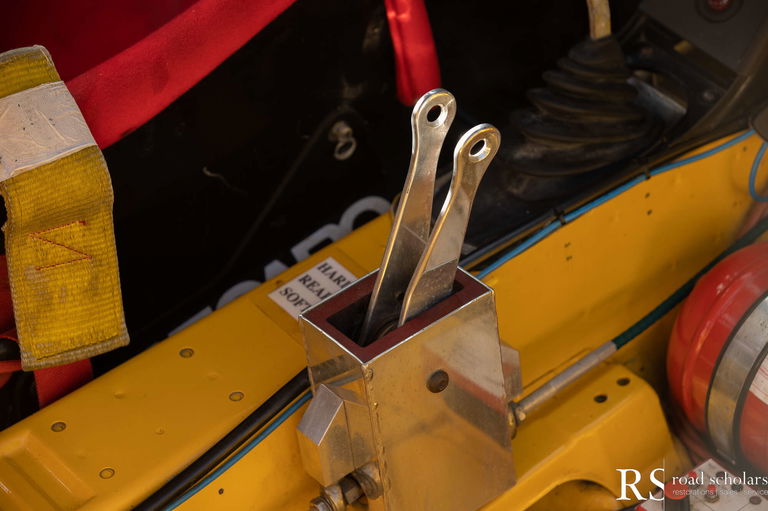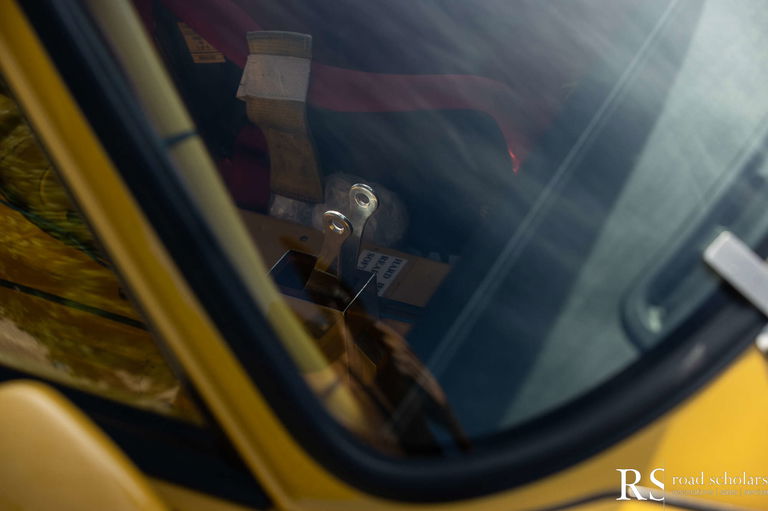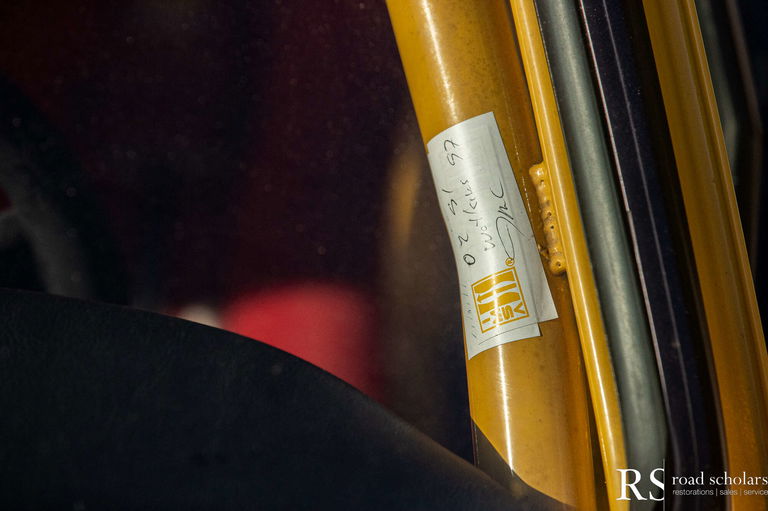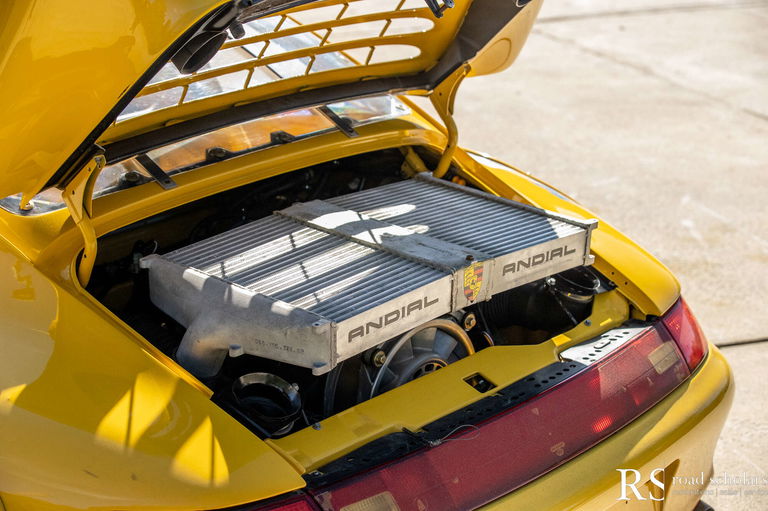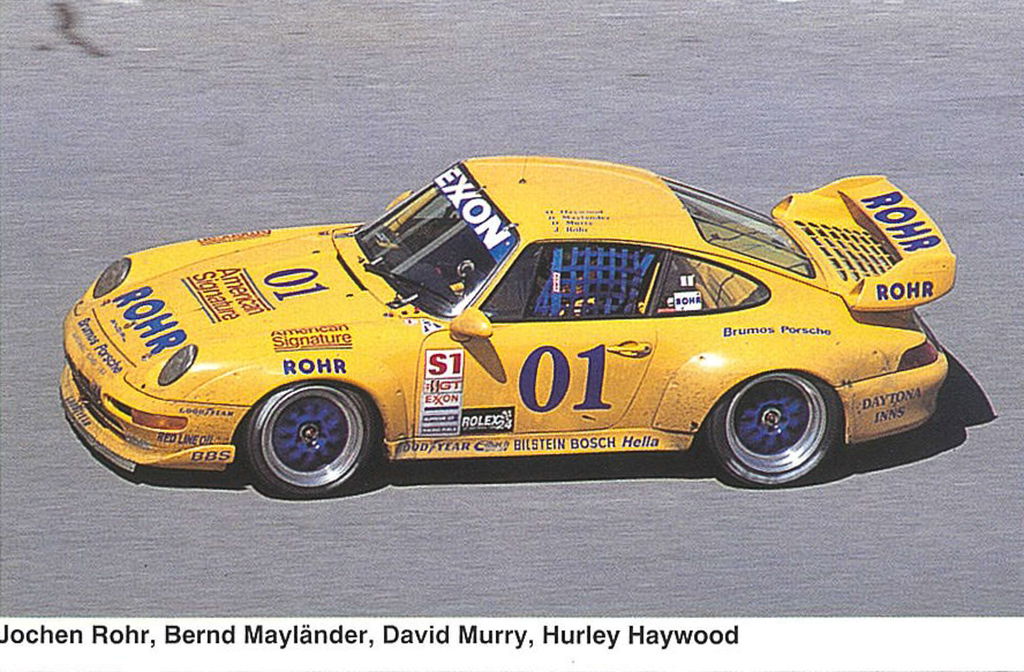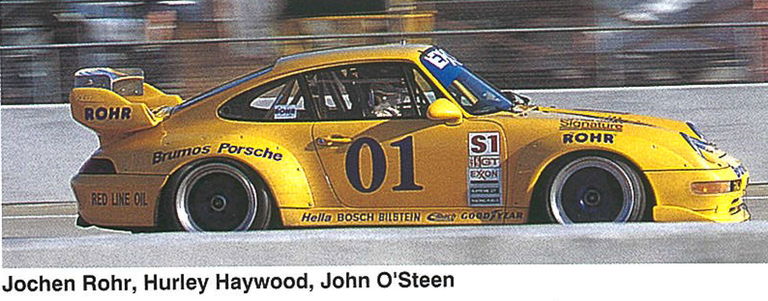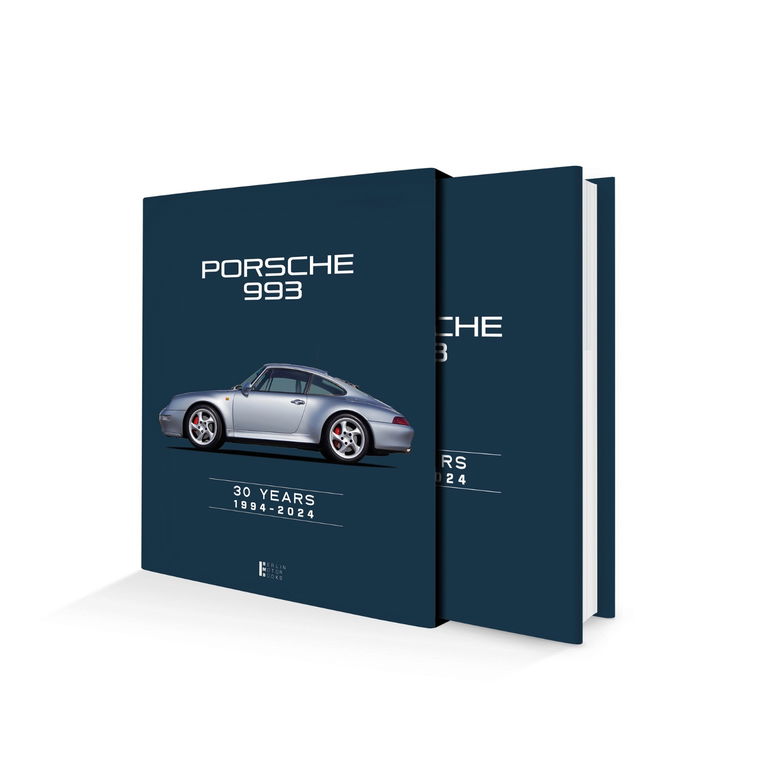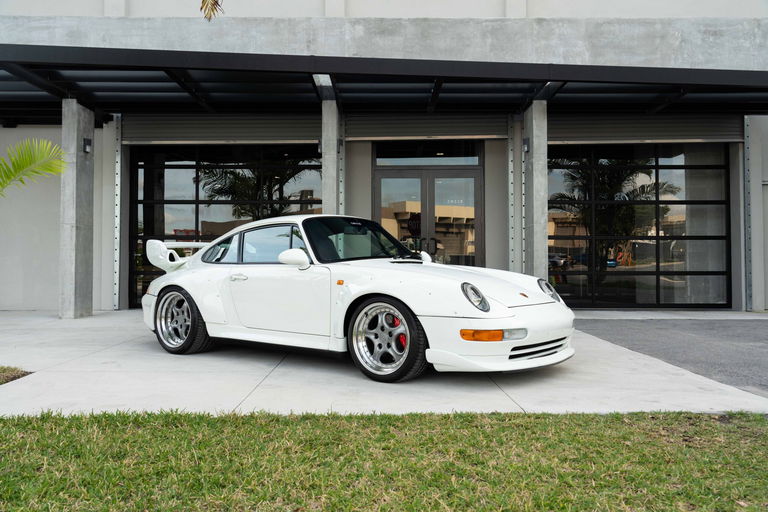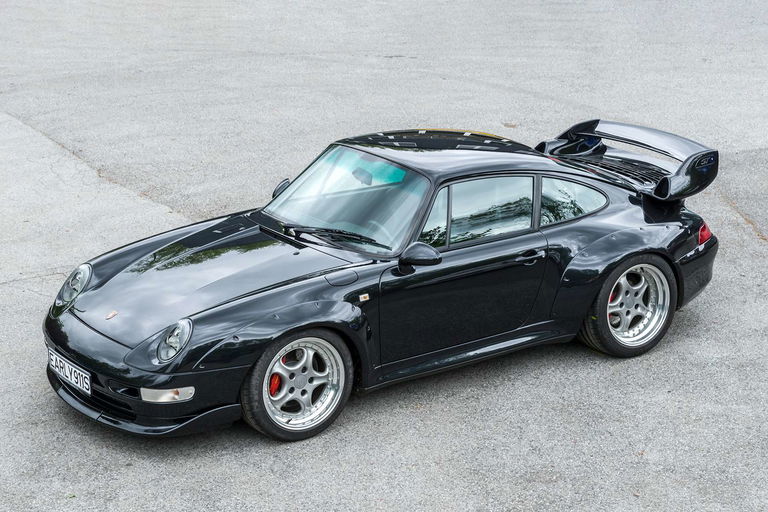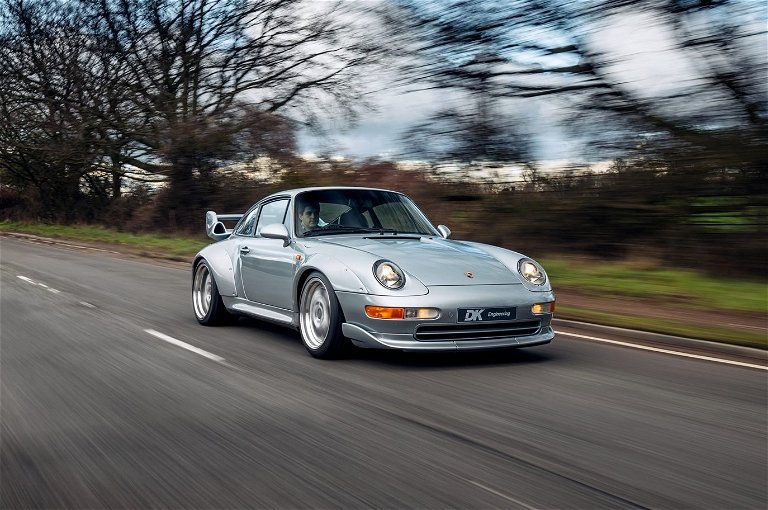Porsche found itself virtually unbeatable in GT racing throughout the 1970s. The Carrera RSR 2.8 had trounced the competition from all adversaries including the Ferrari Daytona, DeTomaso Pantera, and Chevrolet Corvette, while even sneaking in an occasional overall win against purebred racers as they did at the 1973 Targa Florio. Simultaneously, the rapid innovation of Porsche’s Group 5 program, and their investments into Group C, led to the unfortunate demise of the GT program by the early 80s. In 1986, Porsche created the single-marque Turbo Cup series, campaigning Weissach-built race-prepared versions of the water-cooled, front-engined 944. The bumper-to-bumper racing quickly caught on in Germany, Canada, France, South Africa, and the US as supporting events for major races, solidifying Porsche’s return to the GT racing world and evoking the thoroughbred spirit of the RS and RSR of the 1970s.
By the mid-1990s, Porsche had returned to the top step of international GT racing, and to stay there, an evolution of the 964 RSR using the thoroughly-modern 993 platform was in development. Starting with the chassis from the 993 Turbo, Porsche Motorsport engineers began by stripping the 911 of even more weight than its scant predecessor. A thin glass windshield, plexiglass rear quarter windows, lighter doors lacking impact beams, and an aluminum hood all contributed to weight reduction – so did removing the Turbo’s all-wheel-drive system. Standard equipment also remained quite spartan like its forebears, doing without sound insulation, carpets, headliner, power steering, a hand brake, or even a passenger seat. These alterations made room for the full multi-point Matter roll cage to be welded into the tub along with a fixed-position hardback bucket seat, a six-point safety harness, and a dual bottle Fox fire suppression system.
Chassis-wise, the 911 GT2 boasted spherical bearings instead of bushings, a stiffer rear subframe, adjustable front and rear sway bars, and a front shock tower brace was added. The suspension was lowered 20 mm all around and the geometry was revised to match. The ventilated and drilled disc brakes were enlarged and paired with four-piston calipers and an ABS system with an electronic-hydraulic high-pressure servo.
The heart of this track weapon is a glorious naturally-aspirated 3.6-liter ‚M64/81‘ flat-six twin-turbo engine, a close-ratio six-speed ‚G50/54‘ manual transmission, and a 50/65 limited slip differential. This highly-tuned version of the M64 powerplant makes use of the Bosch Motronic M 5.2 engine management system, along with a maximum boost pressure of 13 psi and twin KKK K27 turbochargers to produce an impressive 450-horsepower. Aiding in putting this power onto the ground are a set of wide, 18-inch (10 up front and 11 in back) center-lock three-piece BBS wheels set inside aggressive bolt-on fender flares and an elevated GT2 rear wing with air scoops.
According to its Porsche Motorsport build sheet, a digital copy of which is on file, this ‚993 380‘ GT2 model, chassis number 392061, was originally finished as it presents today in vibrant Speed Yellow (X4) over a black interior. Sold to Rohr Racing in 1995, the West Chester, Ohio racing outfit made quick use of their GT2, pressing it into action at the 1995 Daytona 24 Hours with Jochen Rohr, David Murry, Bernd Mayländer, and American Porsche legend Hurley Haywood – fresh off his 1994 win for Porsche at the Le Mans 24 Hours – sharing driving duties. The result? An impressive fourth overall and second in the GTS1 class. Rohr Racing was in ascendance through the mid-1990s with championships in SCCA World Challenge and IMSA, all with Porsche race cars. Nineteen-ninety-five would prove successful for Rohr with podiums at Phoenix, Road America, and Trois-Rivières. Following a crash at the 1996 Daytona 24 Hours, 393061 was repaired by Rohr and raced just once again before parting ways for 1997. It is important to note that according to conversations with Jochen Rohr the car was repaired, rather than retubbed, a very important distinction for cars raced in this era of motorsport.
Today, many of the important components and accessories appear to be correct and original with 393061 still proudly displaying its IMSA technical inspection sticker from Watkins Glen in 1997. An invoice on file from Porsche Motorsport North America (PMNA) delineates the construction of the engine currently installed in 393061, with an impressive line item bill totaling just over $44,400 for parts and labor. A second PMNA invoice dated July 2021 shows additional work to the brakes and other sundry items for a grand total of just over $51,000 spent with PMNA between January 2020 and July 2021. To ensure proper operation, the experts at PMNA then conducted a shake-down and systems check on the PECLA test track. Additionally, it still retains its original engine case (serial no. 61T00227) should the next custodian wish to return to original specifications as built at Porsche Motorsport in 1995.
This rare and exciting Porsche 911 GT2 presents an opportunity to acquire and drive one of the most focused iterations of the air-cooled 911 ever made available to competition clientele. Finally, 2023 represents the 75th anniversary of Porsche’s foundation and as a result, there are many specialized events planned for exceptional air-cooled cars like this GT2, in effect, creating a figurative ‚fountain of youth‘ for this era of Porsche factory race car. Luftgekühlt and Rennsport should be in the forefront of potential bidders‘ minds to thoroughly enjoy this car in 2023.
*Please note this lot is sold on Bill of Sale only*
Weiterlesen
